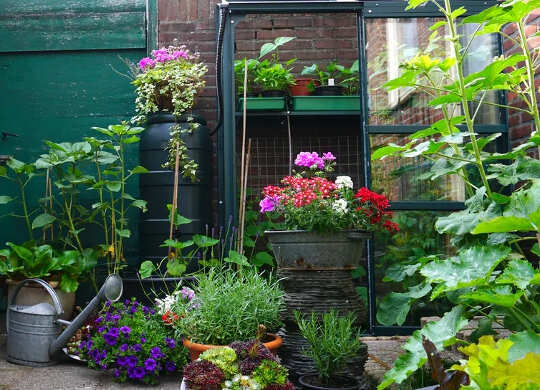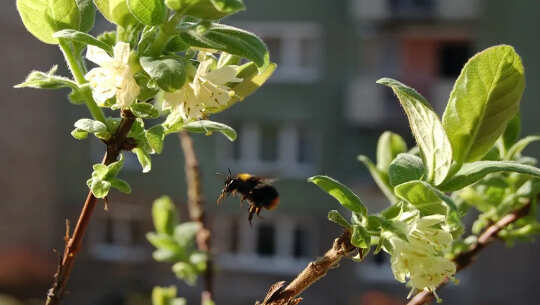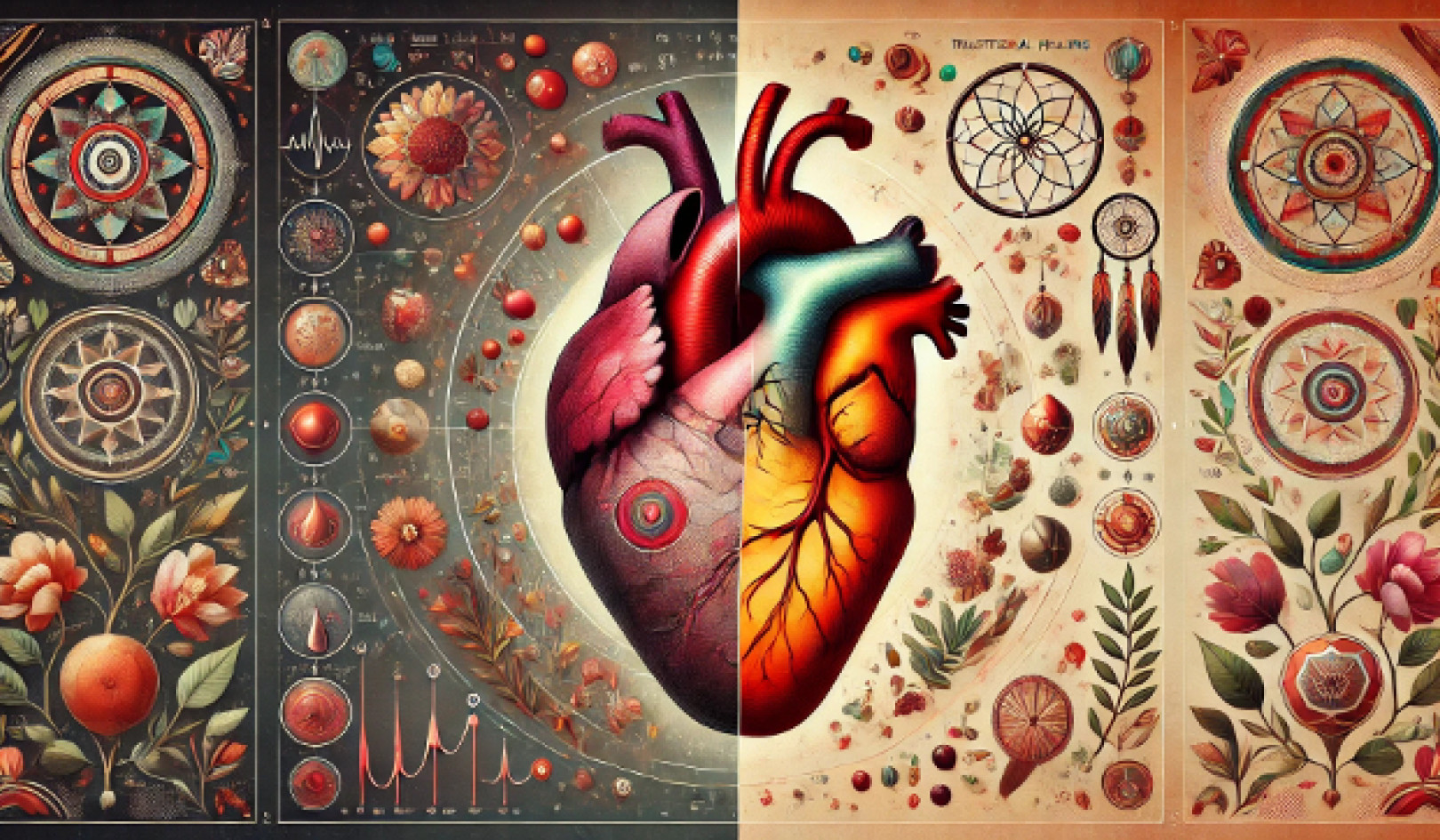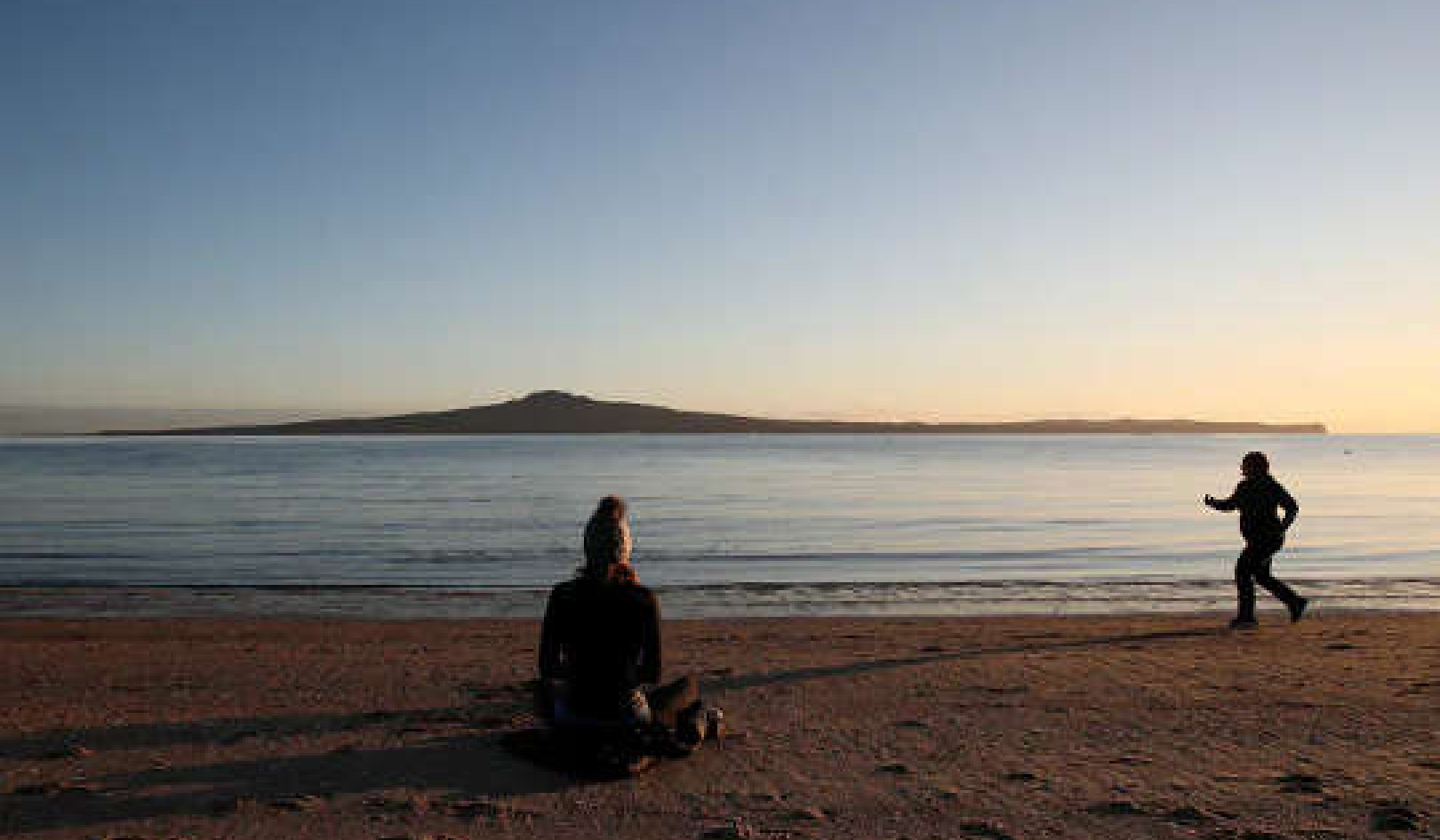As humans have industrialised farming to feed a growing global population, pollinators – animals vital for plant reproduction – have seen their food supply decline. In the UK, intensive agriculture has eroded biological diversity in large portions of the countryside, with vast swathes of cereal crops and ryegrass pastures now replacing flower-rich habitats.
For pollinators such as bees, hoverflies and butterflies, a loss of flowers means a loss of the nectar and pollen that makes up their food. A reduction in the diversity and quantity of this food is an important factor in the widespread decline of their population numbers.
However, pollinators may have an unlikely saviour: cities. Although traditionally regarded as ecological wastelands, urban landscapes can support diverse pollinator populations. Our new research, conducted with colleagues at the universities of Bristol, Cardiff, Edinburgh, Northumbria, Reading and the Royal Horticultural Society, investigated the nectar production in different urban areas to see how they compared with one another and with rural habitats.
We found that urban areas are not so bleak after all. They offer comparable resources to rural habitats, with gardens providing nectar-rich oases to support our pollinating insects.
Urban potential
In the UK, 83% of the population now live in an urban area. These landscapes are complex patchworks of different land uses, from green spaces like parks and gardens to pavements and car parks.
For our study, we measured how much nectar flower species make, by sampling in a range of urban environments including private and botanical gardens, allotments and road verges. We also made use of other published studies on nectar production in order to compare our findings with the nectar quantity and diversity of rural areas.
 Buddleia is a valuable source of nectar for butterflies. Linda Bestwick/Shutterstock
Buddleia is a valuable source of nectar for butterflies. Linda Bestwick/Shutterstock
Measuring nectar is fiddly work, but it is fascinating to see how flowers have evolved different strategies for supplying insects with their reward. Using a thin glass capillary tube, roughly mimicking a bee’s tongue, we extracted nectar and measured its volume – sometimes less than a hundredth of a raindrop.
Next, we needed to work out the sugar concentration, which we achieved using a refractometer. This clever piece of equipment, commonly used by brewers, measures the amount light bends when passing through a solution and tells you how much sugar is dissolved. Nectar can be 60% sugar by weight – the equivalent of putting 100 spoonfuls in your cup of tea. After repeating this process on more than three thousand flowers, we were able to scale our nectar calculations up to look at entire sampled habitats.
Our findings suggest that urban landscapes are hotspots of nectar diversity. This means that there are more kinds of flowering plant producing nectar in towns and cities than in the farmland and nature reserve sites we measured. Just like in humans, a balanced diet is important for keeping pollinators healthy, helping them to fight off diseases.
On top of that, flowers have different colours, smells, shapes and sizes, and pollinators vary in their preferences. For example, butterflies like to feed from thin, tubular flowers with a sweet fragrance, like buddleia, but hoverflies need easily-accessible nectar, like that found in carrot flowers. Knowing that urban landscapes provide an especially diverse array of flowering plants is important as it means they have the potential to support a wide range of pollinator species.
The importance of gardens
Spaces within towns and cities differ greatly in the amount of energy-rich nectar they produce. For a given area, residential gardens make a similar quantity to allotments, but four times as much as public parks. Overall, because gardens are both nectar-rich and extremely widespread – covering around 30% of urban land – they produced an average of 85% of all the nectar in the four towns and cities we surveyed (Bristol, Edinburgh, Leeds and Reading).
 Urban gardens are oases for pollinators. L. Feddes/Shutterstock
Urban gardens are oases for pollinators. L. Feddes/Shutterstock
This means that eight or nine out of every ten grams of urban nectar comes from someone’s garden. It is no exaggeration to say that gardens are critical for the food supply of pollinators in our towns and cities. The decisions every gardener makes about their garden matter for the conservation of bees, butterflies and other pollinators.
Here’s how to maximise the benefit of your garden space in a few simple steps:
-
Choose pollinator-friendly species, such as thistles, lavender and oregano, for your garden. The RHS Plants for Pollinators lists are a great help.
-
Ensure there is always something in flower, from early spring to late autumn and onwards into winter. Hellebores and grape hyacinths are wonderful for the early spring, while ivy and mahonia keep the nectar flowing as the cold weather draws in.
-
Mow the lawn less often, even just in a small patch, as this allows dandelions, clovers and other plants to flower.
-
Avoid pesticides. Pollinators can ingest these poisons when they feed from flowers.
-
Cover as much of your garden as possible in flowery borders and natural lawns, rather than paving and decking. Pots, hanging baskets and window boxes can further supplement the food supply.

About The Authors
Nicholas Tew, PhD Candidate in Community Ecology, University of Bristol; Jane Memmott, Professor of Ecology, University of Bristol, and Katherine Baldock, Senior Lecturer in Ecology, Northumbria University, Newcastle
This article is republished from The Conversation under a Creative Commons license. Read the original article.
ing

























